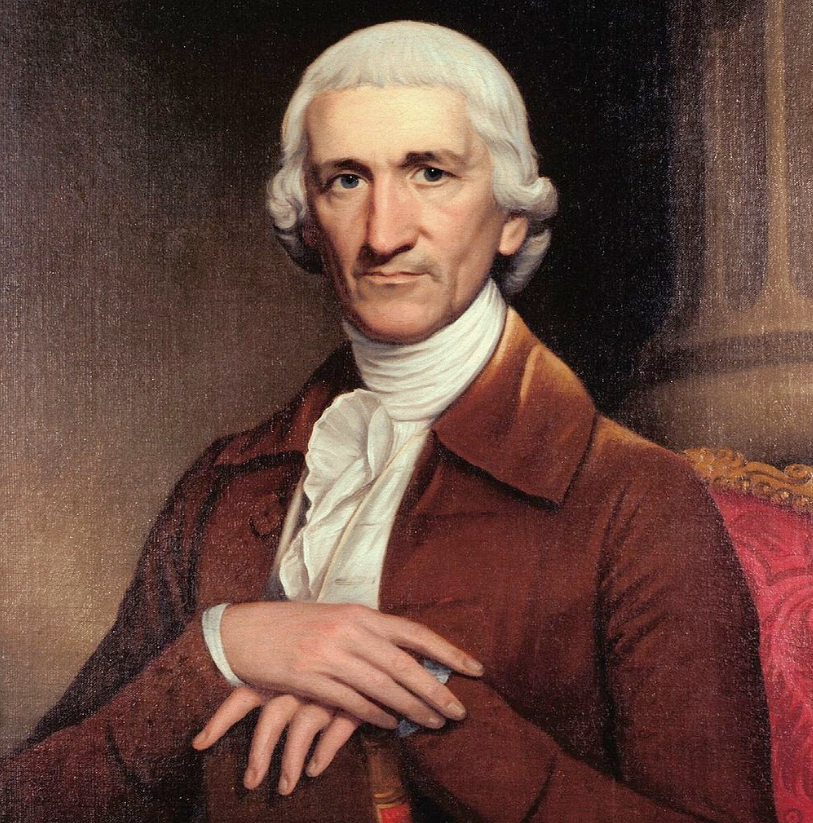Charles Thomson - Secretary of the Revolution
As Secretary of the Continental Congress, Charles Thomson played an important role in organizing, administrating, and documenting the American Revolution.
Early Critic
Charles Thomson was one of the first Americans to speak out against the actions of Parliament.
While most of the Founding Fathers came to the Patriot cause in the aftermath of the French and Indian War, Thomson spoke up during the war.
Thomson served as secretary at the Treaty of Easton, which brokered peace with several Native American tribes. After this, he published An Enquiry into the Causes of the Alienation of the Delaware and Shawanese Indians from the British Interest. This text laid the blame for hostilities on the British colonial policies for dealing with the Native Americans.
Secretary
Throughout the buildup to the American Revolution, Thomson was the leading spokesman in Philadelphia against British rule. He was an early advocate for independence.
When the First Continental Congress met, Charles Thomson was chosen to be its Secretary. He would return as Secretary for the Second Continental Congress and again for the Confederation Congress. In fact, Thomson would remain as Secretary of the United States the ENTIRE FOUNDING PERIOD!
He resigned in 1789 when he handed the Great Seal to the United States Congress, officially ending the Continental Congress.
Achievements
Speaking of the Great Seal of the United States, Thomson (along with William Barton) helped design it. The Great Seal has been used on all government documents, with slight variations, ever since.
Additionally, Charles Thomson was an outstanding Secretary. Much of what we know today about the proceedings of the United States in Congress Assembled can be traced back to the records he kept. Historians are fortunate for the journals, diaries and letters kept by the Founding Fathers, but much of those can be tainted with opinion.
Thomson’s records are just that, records. Yes, there were some disagreements (and even some fistfights) about the minutes he kept, but this information is one of the best ways to understand the day to day operations of simultaneously fighting a war and creating a nation.
Signing the Declaration
Having not been elected as a delegate to the Continental Congress, Thomson was unable to cast a vote in favor of independence.
However, when the Declaration of Independence was approved, Thomson was tasked with getting a printer to make broadsides. When this was done, the copies were sent to each of the States, Europe, and George Washington before the whole Congress signed the document.
These first broadsides of the Declaration of Independence only received two signatures.
One was the President of Congress, the now famous autograph of John Hancock.
The other, as was customary to bare witness, was the Secretary of Congress: Charles Thomson.
I am visiting a number of Revolutionary sites on Long Island this weekend so please follow Founder of the Day on Instagram as I will be posting a bunch of pictures!
To learn more about Charles Thomson pick up one of these books from our affiliate Amazon:







